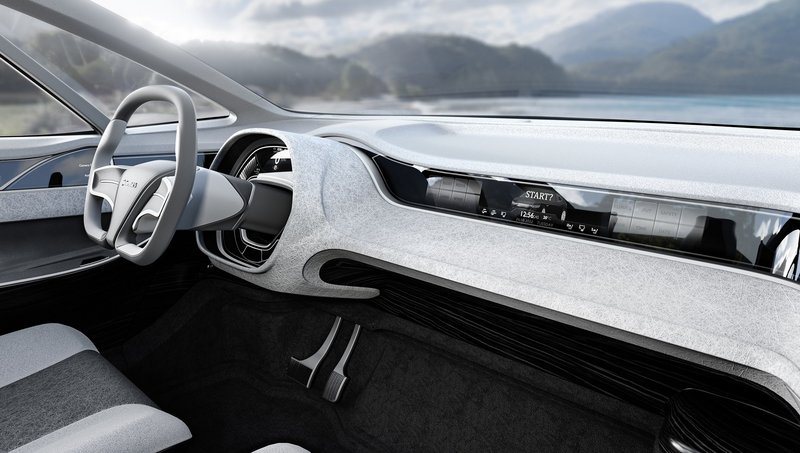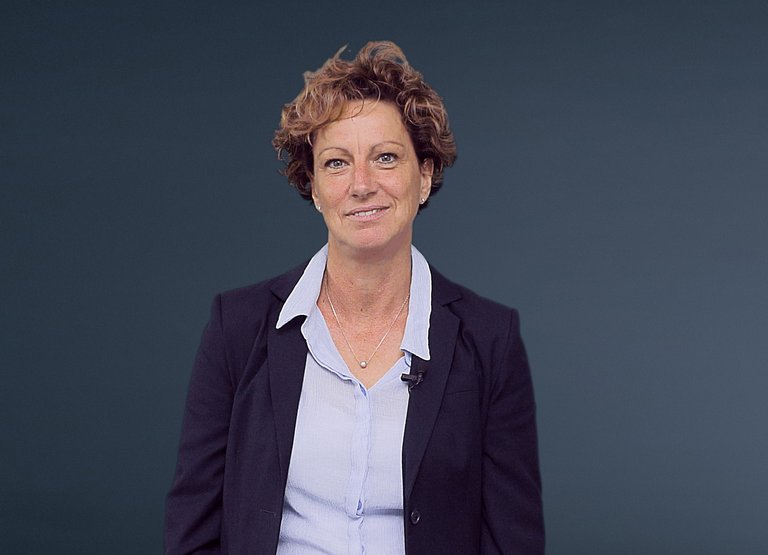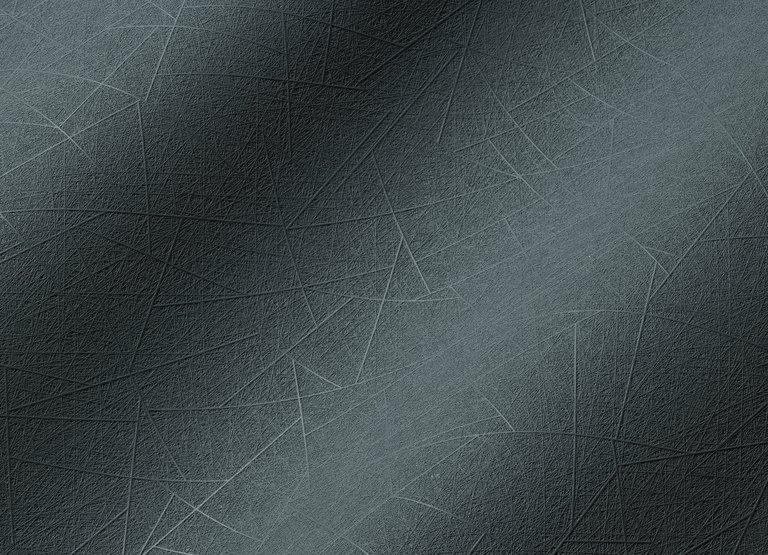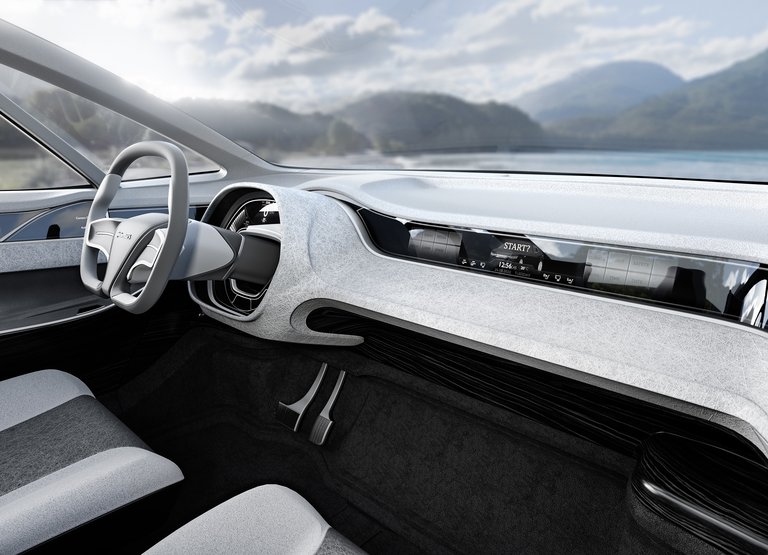Continental to Showcase Sustainable Surface Solutions for Applications in Vehicle Interiors
- Focus on sustainable product design
- Bio-based raw materials and recycled plastics are gradually replacing petroleum-based raw materials
- Durable and scratch-resistant materials with outstanding cleaning and anti-soiling properties
- Design trends of the future, with natural colors and grains
- Functional surface technologies such as heated vehicle interior materials
The IAA Transportation trade fair will see Continental present sustainable and functional surface solutions for the diverse requirements in the driver’s cab.
The global climate challenge calls for more sustainable mobility. That’s why Continental’s surface solutions focus on sustainability and climate protection. “Our sustainable product design is based on three pillars: carbon neutrality, circular economy and unique product properties as enablers,” says Dr. Dirk Leiß, Head of the Surface Solutions business area at Continental. “We’ve already achieved considerable success with our products on this path to sustainable vehicle interiors. In this way, we can now create customer-specific surface solutions that are up to 100 percent climate-neutral,” explains Leiß.
The path to carbon-neutral products presents challenges in many areas such as raw materials, production processes and energy consumption. For sustainable product design at Continental, substituting classic petroleum-based raw materials with recyclable and bio-based raw materials is crucial. The surface specialists are also focusing on degradable solutions in development processes, and current sustainability measures are flanked by continuous efforts to substitute critical contents and minimize emissions and odors.
Bio-based products
Today, the surface material Xpreshn can already be produced with renewable raw materials, and it provides a solution that is both light and environmentally friendly. “With bio-based Xpreshn, we can deliver a product with an optimal CO2 footprint that combines excellent technical properties and a large range of design options,” says Dr. Gabriele Wittmann, Head of Global Surface Research at Continental.
Designed for recycling
Recycling is an essential step toward conserving resources. The goal is to close the cycle of a product. The development of single-variety composites – monomaterials – enables recycling processes from which high-quality raw materials for new or original products can be generated. Xpreshn, the material for door panels and the instrument panel, can also be realized as a completely recyclable monomaterial, which means that it can be returned to the circular economy in its entirety.
Xpreshn also offers solutions for recycling concepts with entire components, if the carrier component and the surface are made of the same materials, for instance. Then they can be recycled together at the end of their service life.
Continental has already developed numerous products that possess these properties and also retain their proven premium properties.
For example, Acella synthetic leather is a durable product with recycled materials and bio-based raw materials combined with a rPET textile. The yarns to produce the textile for the rear coverings are made from recycled plastic bottles. As a robust and easy-to-clean product with a range of highly variable designs, Acella whets the customer’s interest in sustainable products and does not compromise on product properties.
“We can already offer our customers premium surface solutions that are 100 percent carbon-neutral,” emphasizes Wittmann. The key here is substituting classic petroleum-based raw materials with bio-based, CO2-based or recycled raw materials.
Mother Nature as a role model
Nature leads the way: Every plant and animal has a unique talent for integrating perfectly and harmoniously into the ecological cycle. With their sustainable product design approach, Continental’s experts follow this example and continuously develop innovative surface solutions with unique product properties. In this way, their solutions enable the realization of sustainable vehicle interiors and positively contribute to the vehicle’s life cycle assessment.
One example of these solutions is Benova Eco Protect, which won the German Innovation Award. With its unique product features, it represents an essential milestone in the development of sustainable vehicle interiors. The innovative material is exceptionally hard-wearing and highly durable. It also offers new possibilities for interior design trends.
Ready to meet the needs of the industry
Another example: Lower weight means a lower CO2 footprint for the product and a vehicle’s energy consumption. “Our surfaces are designed for maximum performance and are also lightweight and robust,” emphasizes Wittmann. A longer service life also contributes to sustainability, even under high stress levels, particularly in shared mobility concepts and commercial vehicles. “Our staynu technology makes surfaces resistant to contamination and mechanical & chemical stress caused by cleaning agents, for instance – so the surfaces are durable.” Currently, the staynu technology is mainly used on seats and add-on parts, but in the future, it will also be possible to use it for the instrument panel.
Functional comfort
It is a well-known fact that an acute lack of drivers plagues many logistics companies. The International Road Transport Union (IRU) estimates a European shortage of 600,000 professional drivers. The aim here is to increase the attractiveness of the workplace to retain staff and attract career starters, and comfort in the driver’s cab is a decisive factor. Here Continental uses modern design trends with natural colors and grains. Ambient light on backlit surfaces made of translucent materials sets emotional accents in the vehicle interior. Heated surfaces also provide a completely new comfort experience, and their low-energy consumption, rapid heating and lightweight construction make them climate-friendly.
Continental will showcase its sustainable surface solutions at Booth C29 in Hall H12.

Axel Schmidt
Head of Communications
ContiTech Surface Solutions





